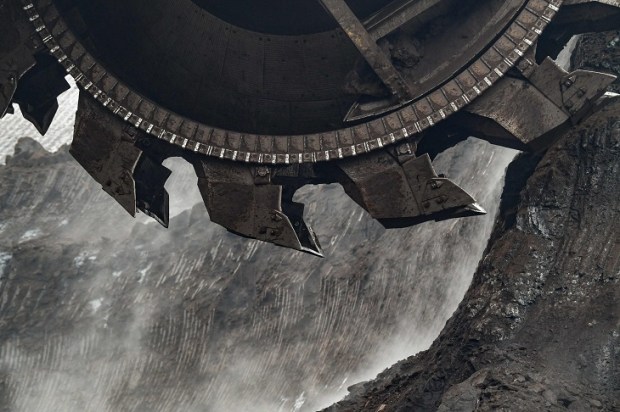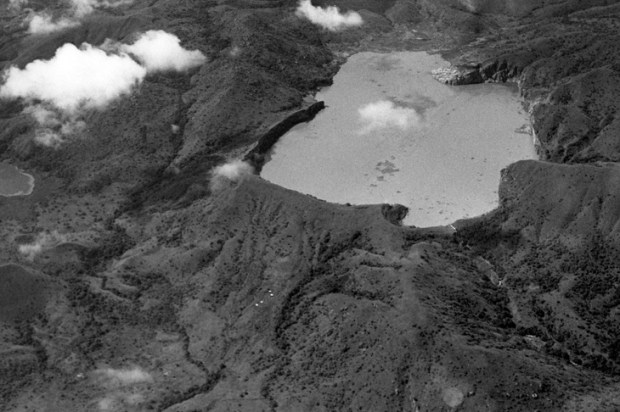July 20 marked 150 years since the first documented account of climbing Australia’s famous Ayers Rock. While climbing ‘The Rock’ likely dates back into the waning stages of the Pleistocene when humans first arrived in the red centre some 25,000 years ago, the first person to make a record of the climb was an explorer and surveyor William Christie Gosse (1842-1881).
Already a subscriber? Log in
Get 3 months of digital access, absolutely free
Subscribe to The Spectator Australia today to get the next 3 months of unlimited website and app access for free.
- Full access to spectator.com.au and spectator.co.uk
- The Spectator Australia app, on Apple and Android
- Podcasts and newsletters, including Morning Double Shot
- Our archive, going back to 1828
Or


























Comments
Get 3 months of digital access, absolutely free
Join the conversation with other Spectator Australia readers. Subscribe to leave a comment.
CLAIM OFFER 3 months freeAlready a subscriber? Log in